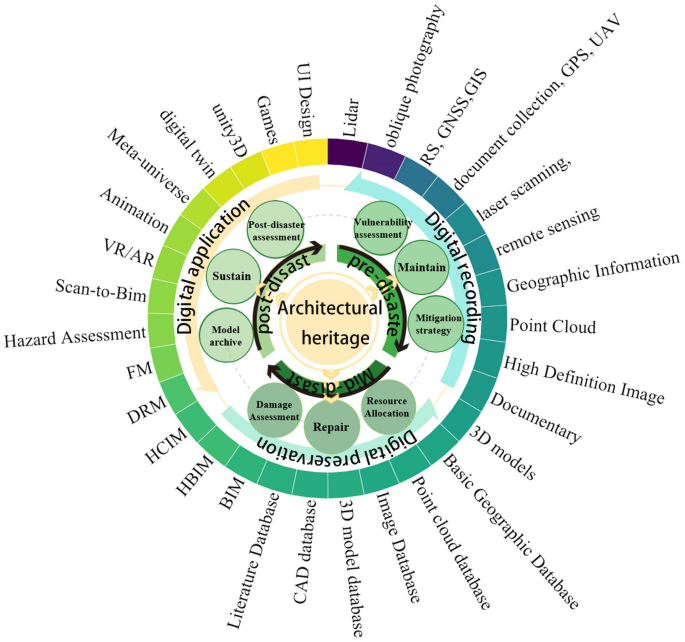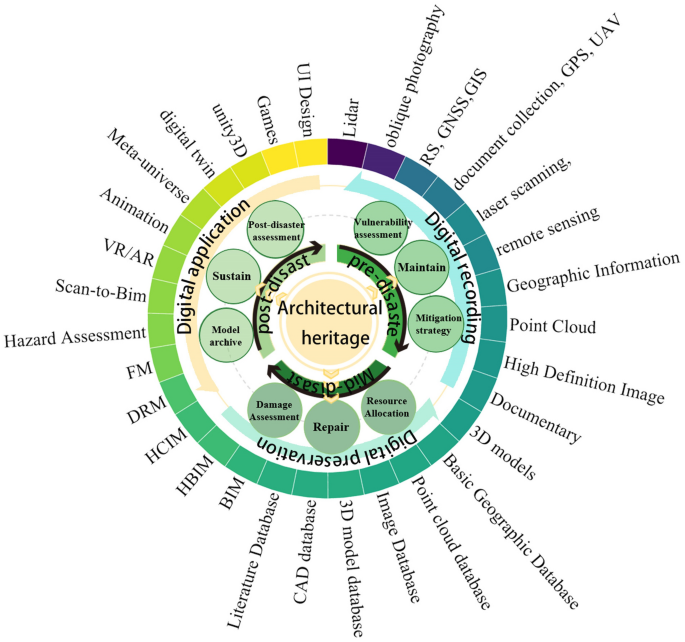In a world increasingly defined by technology and transience, the question of what survives becomes deeply human. What if everything we know — our stories, rituals, memories, and ancestral wisdom — risks being lost not to time, but to neglect? As Remin.site reminds us, death is not the end; it is the beginning of legacy. But for many communities, particularly Indigenous ones, the clock is ticking on their intangible cultural heritage. Can digital platforms for traditional knowledge offer the answer?
Introduction: The Urgency of Cultural Knowledge Preservation
Traditional knowledge is more than information — it is identity, history, belonging. For centuries, communities have passed down knowledge through oral traditions, hands-on learning, and sacred ceremonies. But modernization, colonization, and environmental disruption have endangered this delicate chain of transmission.
The need for new ways to preserve the old has never been more pressing. And in this age, that means asking how digital platforms can support, rather than erase, cultural depth.
What Is Traditional Knowledge and Why Is It at Risk?
Oral Histories and Ephemeral Knowledge
Unlike textbooks or academic journals, traditional knowledge often lives in songs, rituals, and stories — forms not easily captured or recorded. These oral histories are powerful but fragile. They rely on elders, community gatherings, and sacred spaces that are vanishing due to displacement and cultural assimilation.
“We don’t write our knowledge down because it’s alive,” said an Indigenous elder at the iPRES Conference. “You can’t digitize a breath, but you can try to remember it with respect.”
Threats from Modernization and Climate Change
Climate change and industrial development have forced many communities to migrate, leaving behind ancestral lands — and with them, the knowledge tied to those lands. Language loss further accelerates cultural erosion. According to Springer Nature, entire knowledge systems are collapsing as ecosystems are disrupted, and oral traditions lose their context.
What remains is often a fragmented echo of what once was whole. But digital tools could help reassemble the pieces — if used thoughtfully.
Digital Platforms: Tools or Threats?
Archiving vs Appropriating: A Fine Line
There’s no denying the power of digital platforms. They offer accessibility, permanence, and scalability. But when it comes to traditional knowledge systems, digitization can also be dangerous. Without consent and context, sacred knowledge can be turned into searchable data — stripped of its meaning and owned by outsiders.
The risk of cultural appropriation and misrepresentation is real. As explored in FasterCapital’s report, startups entering this space must tread lightly, embedding ethics into their algorithms and transparency into their platforms.
Role of AI and Blockchain in Knowledge Security
Emerging technologies like AI and blockchain bring both promise and complexity. AI can help categorize oral narratives, translate endangered languages, and even simulate extinct pronunciations. Blockchain, meanwhile, offers immutable records and ownership verification, allowing communities to track who accesses their knowledge and for what purpose.
- AI for preservation: Auto-tagging, transcription, voice recognition
- Blockchain for protection: Smart contracts, digital rights, provenance tracking
Still, without community governance, even the most powerful tech can become a colonizing force in digital form.
Success Stories: Digital Archiving Projects Around the World
The Mukurtu CMS: A Tool Designed by and for Indigenous Communities
Mukurtu is not your average content management system. Built in collaboration with Indigenous communities, it incorporates cultural protocols that determine who can view, edit, or share certain pieces of knowledge. This is a digital platform where context and consent lead.
Communities using Mukurtu have shared sacred songs, ancestral stories, and language archives — not with the world, but with the right people at the right time.
Canada’s Library and Archives Indigenous Heritage Portal
This initiative brings together thousands of digitized records, photographs, and recordings — many previously inaccessible. But what makes it powerful is its consultative model: Indigenous representatives guide what gets digitized, how it’s described, and how it’s used.
The National Museum of Australia’s “Songlines” Project
This immersive exhibition used VR and digital storytelling to bring the epic songlines of the Aboriginal peoples to life. Not just a display — it was a dialogue between traditional custodians and technologists, proving that the digital can still carry the sacred.

The Challenge of Context and Ownership in the Digital Realm
The Risk of Misinterpretation
When stories are divorced from their landscape, language, and spiritual context, they can be misunderstood or trivialized. A healing chant may become a background soundbite; a sacred image turned into a meme. The problem isn’t digitization — it’s detachment.
“To preserve is not to freeze. It’s to carry something forward in the way it breathes.” — Cultural archivist featured in Tandfonline
Data Sovereignty and Cultural Rights
Who owns traditional knowledge once it’s online? Who decides what’s public and what’s private? These are questions of data sovereignty, and they matter deeply. The push for community-owned archives isn’t just about tech — it’s about trust, agency, and long-term justice.
The Role of Startups and Open-Source Platforms
Tech Startups Driving Cultural Knowledge Innovation
Startups are stepping into the digital heritage space with fresh vision — and they’re not just creating apps, they’re creating alliances. From language learning platforms to immersive storytelling tools, many are helping communities reclaim their narratives. But innovation without inclusion can quickly become exploitation.
That’s why partnerships like those profiled in this FasterCapital article highlight the need for co-creation — not just consultation. Technology built with communities, not merely for them, is what transforms digital spaces into sacred spaces.
Open-Source vs Proprietary Systems in Digital Heritage
Open-source platforms offer flexibility, transparency, and community ownership. This is crucial for preserving traditional knowledge, where control over narrative and access is everything. Systems like Mukurtu and Omeka allow communities to adapt and expand their digital archives as needs evolve.
- Open-source benefits: Community-led development, lower costs, cultural adaptability
- Proprietary risks: Vendor lock-in, commercialization, limited user control
At Remin.site, our mission mirrors this ethos — we believe in building digital legacies that empower the people they represent. Your stories, values, and truths should be passed down with the same care they were passed up.
Future Pathways: Building Decentralized, Community-Owned Archives
How Web3 Could Reshape Knowledge Custodianship
As the web evolves, so too can our approach to archiving. Web3 introduces the possibility of decentralized, blockchain-based memory systems that are autonomous, secure, and community-governed. Imagine a future where an Indigenous community uses a DAO (Decentralized Autonomous Organization) to manage who accesses their sacred songs — and ensures those songs are never altered or exploited.
Web3 empowers knowledge holders to maintain control over how their traditions are preserved, shared, and interpreted. That’s more than tech — it’s sovereignty reborn in digital form.
The Ethics of Long-Term Preservation
Not all knowledge should be shared — and certainly not all should be stored forever. Some traditions are sacred, meant only for a few. Others change with each generation. The ethics of digital archiving require us to ask: Just because we can preserve something, should we?
At Remin.site, we advocate for intentional archiving: memory preserved with permission, meaning stored with care. We believe digital heritage is a responsibility — one that honors both the past and the future.
Conclusion: A Digital Future Rooted in Respect and Representation
Can digital platforms become the new archives for traditional knowledge? Yes — but only if they are guided by principles of respect, equity, and shared authorship. Technology is not neutral; it reflects the intentions of its makers. So, let’s build archives that are sacred, not silent. That empower, not erase. That preserve, not possess.
Remin.site is more than a platform. It’s a space where your stories — your truths — are not just remembered but honored. Death is not the end. It is the beginning of memory, reborn.
FAQs
What is the best platform for preserving traditional knowledge?
Platforms like Mukurtu CMS are built specifically for Indigenous knowledge preservation, with tools for respecting cultural protocols and user access levels.
Can traditional knowledge be safely shared online?
Yes — but only with clear community consent and data governance in place. Not all knowledge is meant to be public. Platforms must respect privacy, context, and cultural laws.
How does Remin.site support cultural preservation?
Remin.site helps individuals and communities store memories, ideas, and legacies in secure digital formats, ensuring they are passed on responsibly to future generations.
How do we avoid cultural appropriation in digital archiving?
By involving knowledge holders at every stage — from design to access policies. Appropriation happens when stories are taken; preservation happens when they are shared with consent and purpose.
Is Web3 really viable for digital heritage?
Yes, it offers tools like blockchain and DAOs that can ensure secure, community-owned, and tamper-proof digital archives — giving power back to the original storytellers.

Your memory matters. Your voice, your stories, your culture — they deserve to live on. Let’s build a digital future that doesn’t forget.
